Separating Protein with SDS-PAGE
Panoramica
Sodium Dodecyl Sulfate Poly-Acrylamide Gel Electrophoresis, or SDS-PAGE, is a widely-used technique for separating mixtures of proteins based on their size and nothing else. SDS, an anionic detergent, is used to produce an even charge across the length of proteins that have been linearized. By first loading them into a gel made of polyacrylamide and then applying an electric field to the gel, SDS-coated proteins are then separated. The electric field acts as the driving force, drawing the SDS coated proteins towards the anode with larger proteins moving more slowly than small proteins. In order to identify proteins by size, protein standards of a known size are loaded along with samples and run under the same conditions.
This video presents an introduction to SDS-PAGE by first explaining the theory behind it and later demonstrating its step-by-step procedure. Various experimental parameters, such as the polyacrylamide concentration and voltage applied to the gel are discussed. Downstream staining methods like Coomassie and silver stains are introduced, and variations of the method, like 2D gel electrophoresis are presented.
Procedura
SDS-PAGE is a technique used by many researchers to separate mixtures of proteins by size. Successful completion of this technique is an essential first step for many methods of protein analysis, like immunoblotting. By itself, it is a useful tool in assessing protein size and purity.
In order to understand the SDS-PAGE technique, you must first understand its principle components. SDS-PAGE stands for Sodium Dodecyl Sulfate Poly-Acrylamide Gel Electrophoresis. Sodium-Dodecyl Sulfate, th
Vai a...
Video da questa raccolta:
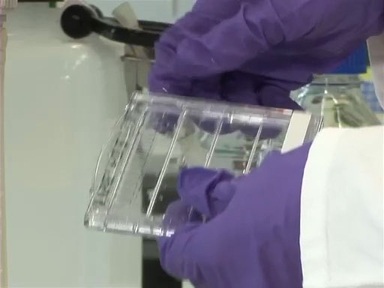
Now Playing
Separating Protein with SDS-PAGE
Basic Methods in Cellular and Molecular Biology
478.5K Visualizzazioni
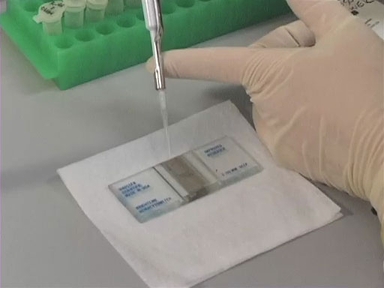
Utilizzo di un emacitometro per contare le cellule
Basic Methods in Cellular and Molecular Biology
223.0K Visualizzazioni
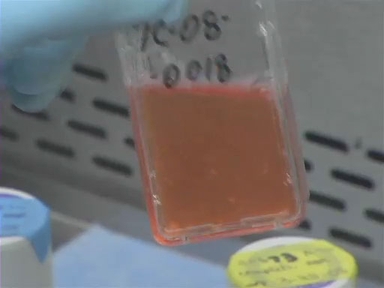
Passaggio delle cellule
Basic Methods in Cellular and Molecular Biology
191.5K Visualizzazioni
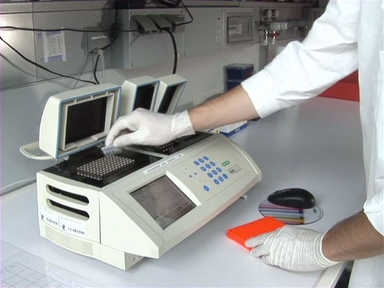
PCR: La reazione a catena della polimerasi
Basic Methods in Cellular and Molecular Biology
722.2K Visualizzazioni
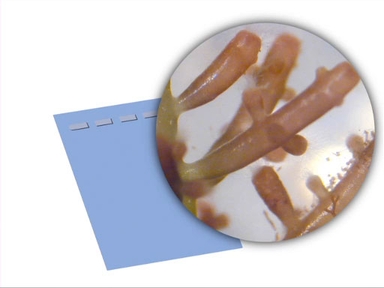
Elettroforesi su gel di DNA
Basic Methods in Cellular and Molecular Biology
605.2K Visualizzazioni
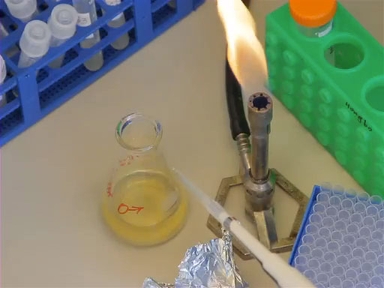
Trasformazione batterica: il metodo dello shock termico
Basic Methods in Cellular and Molecular Biology
736.3K Visualizzazioni
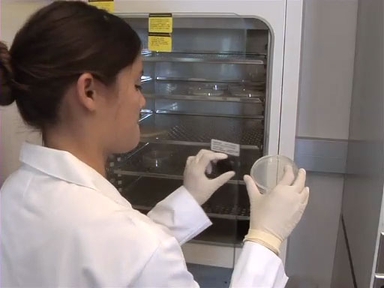
Trasformazione batterica: elettroporazione
Basic Methods in Cellular and Molecular Biology
115.2K Visualizzazioni
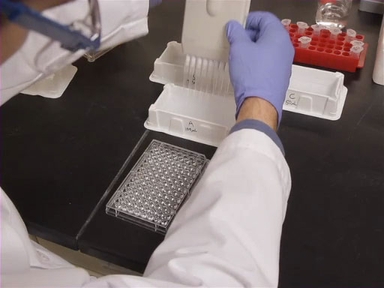
Il Metodo ELISA
Basic Methods in Cellular and Molecular Biology
252.4K Visualizzazioni
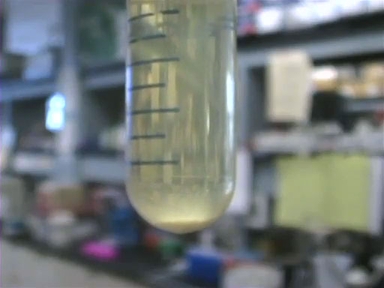
Purificazione del plasmide
Basic Methods in Cellular and Molecular Biology
307.6K Visualizzazioni
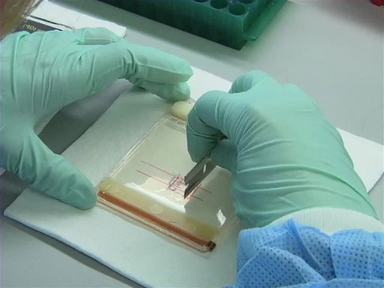
Purificazione del gel
Basic Methods in Cellular and Molecular Biology
109.8K Visualizzazioni
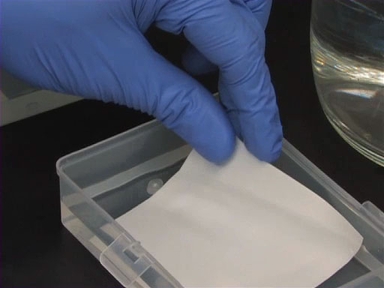
Il western blot
Basic Methods in Cellular and Molecular Biology
503.4K Visualizzazioni
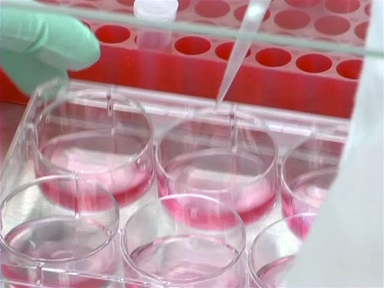
Un'introduzione alla trasfezione
Basic Methods in Cellular and Molecular Biology
170.1K Visualizzazioni
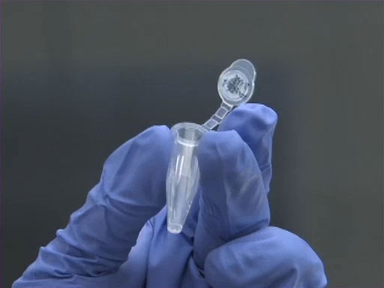
Reazioni di legatura del DNA
Basic Methods in Cellular and Molecular Biology
189.0K Visualizzazioni
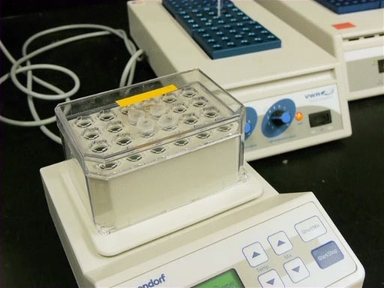
Digest enzimatico di restrizione
Basic Methods in Cellular and Molecular Biology
285.2K Visualizzazioni

Clonazione molecolare
Basic Methods in Cellular and Molecular Biology
376.5K Visualizzazioni